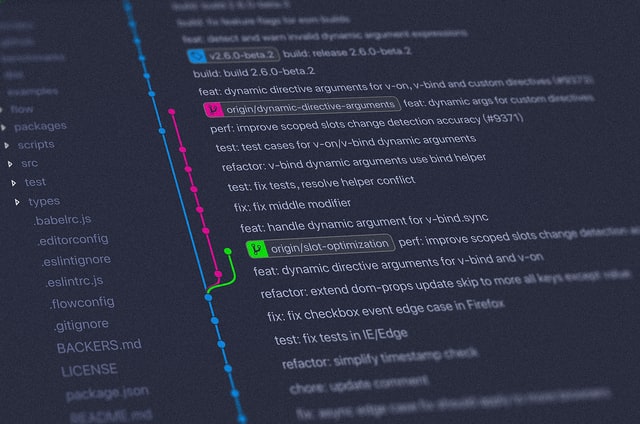Decorators
A Decorator is a function that accepts an object and augments it with some extra properties or functionality
This is nonstandard nomenclature! To complicate the issue further, there is currently a Stage 2 proposal to add Class and Class Element Decorators to ECMAScript. The decorator constructs in these notes refer to legacy JavaScript decorator function objects.
It’s common to use adjectives as the names for decorators.
To decorate an instance of a Car object, we could name the decorator carlike.
var carlike = function (obj, loc) {
obj.loc = loc;
obj.move = function () { obj.loc++; };
return obj;
};
We can invoke this decorator function on any object to make it carlike, augmenting it with the properties that we expect a Car to have.
var myCar = carlike({}, 6);
We instantiated a new Car object, myCar, by passing in an empty object literal to decorate.
Classes
A Class is a construct capable of producing a fleet of similar objects that all conform to some interface.
It’s convention to name classes with a capitalized noun.
Functions that produce these objects are called Constructors.
The object that gets returned from a constructor is called an instance of the class.
Calling a constructor to build an instance is usually referred to as instantiating.
A class builds the object it’s augmenting, whereas the decorator patten above accepts a target object to augment.
We can rewrite the functional object decorator as a functional class like so:
1
2
3
4
5
var Car = function (loc) {
var obj = { loc };
obj.move = function () { obj.loc++; };
return obj;
};
Instantiating a new instance of a Car object is now simpler as well:
var myCar = Car(6);
There is some debate among the JavaScript community about whether Functional Class patterns are real classes, especially when compared to classes from other object-oriented languages.
For the purposes of these notes, we’ll use our class definition above: any construct capable of producing a fleet of similar objects that all conform to some interface.
In this sense, the Car function object is a class!
Avoiding Duplicate Methods
The Car functional class object above will unfortunately result in duplicate move methods for each instance of a Car object.
If we know that the number of Car objects will be small, this might be an okay tradeoff, since the time to develop such a pattern is low.
For an arbitrary number of Car objects, or an arbitrarily complicated move method, this pattern is a waste of resources.
To avoid this, we can move the function definition outside of Car, and then assign it for every new instance rather than create it for every new instance.
1
2
3
4
5
6
var Car = function (loc) {
var obj = { loc };
obj.move = move;
return obj;
};
var move = function () { this.loc++ };
The assignment on line 3 now references a function that is only created once.
The keyword this allows us flexible access to the properties of the individual instance at call-time, since we do not have local-scope access to the properties within Car once we move the function outside that scope.
For more information about JavaScript keyword this, check out my notes on the subject.




